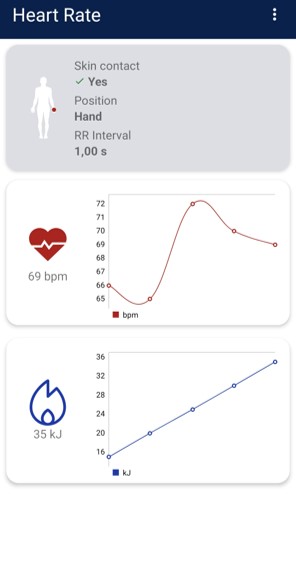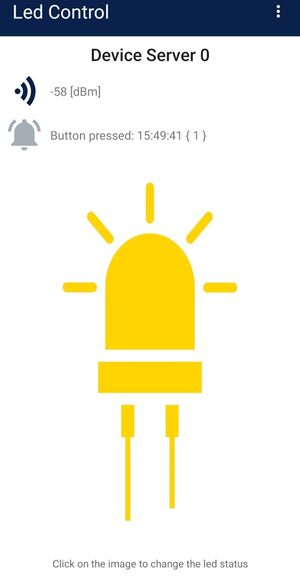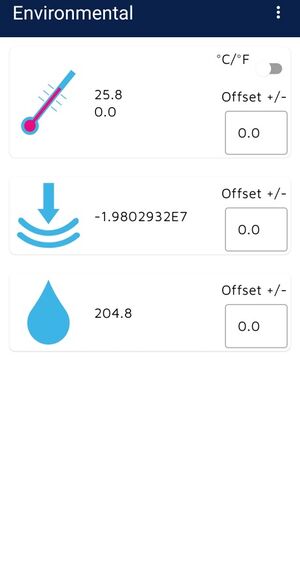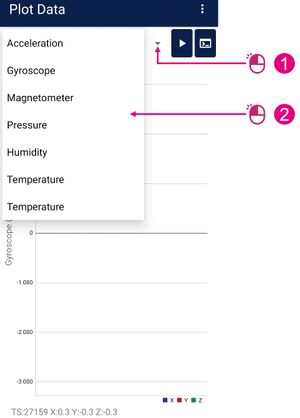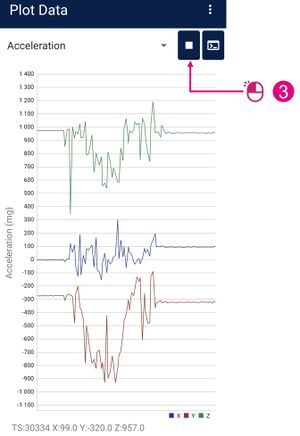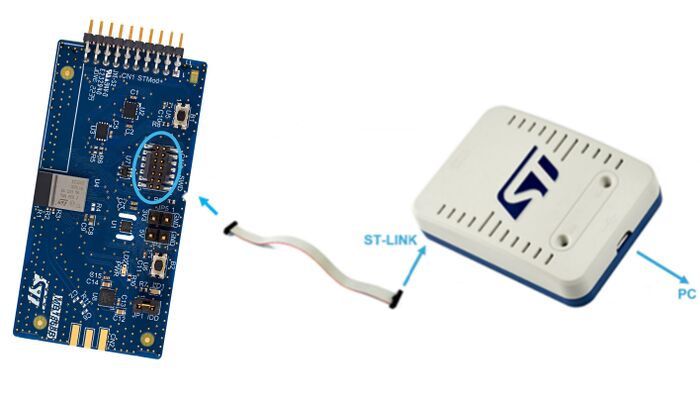1. Introduction
Welcome to the STM32WBA55G-DK wiki page, which introduces our Out-Of-the-box Demo and showcases the capabilities of our product.
This page guides you through the initial setup of our product and demonstrates how easily you can explore its features. It also provides insights on how to customize and develop your own applications.
Explore the full potential of the STM32WBA55G-DK with our comprehensive demo guide, covering everything from basic setup to advanced programming.
The demonstration application of this audio discovery kit is based on the Telephony and Media Audio Profile (TMAP).
TMAP is a highly efficient and user-friendly application that simplifies the use of Bluetooth® devices for telephony and media streaming. With its advanced broadcast and unicast audio features, TMAP enables seamless communication between devices and provides a comprehensive solution for all your audio needs.
For a more in-depth explanation and usage of the TMAP profile, please refer to: Telephony & Media Audio Profile dedicated wiki page
| Out Of Box STM32WBA55G-DK Board Package |
|---|
2. Setup
Follow the sequence below to set up the STM32WBA55G-DK and launch the demonstration application:
| STM32WBA55G-DK Setup |
|---|
3. Hands On
3.1. Application Interface
To begin using your STM32WBA55G-DK board, a phone compatible with LE Audio features is required.
A list of compatible devices is available here.
| OOB STM32WBA55G-DK System Presentation |
|---|
In this demonstration, the smartphone will allow you to establish a connection and interact with the STM32WBA55G-DK, which in a practical use case, could represent your headphones or speakers, for example.
For the rest of the demonstration, we used a Pixel 8 Pro.
3.2. Let's Get Started
Make sure the board is powered and running.
To activate the experimental Bluetooth® Low Energy audio feature on Google Pixel smartphones, first, go to the Developer options menu and perform the following steps:
- Uncheck "Disable Bluetooth LE Audio."
- Check "Disable Bluetooth LE Audio hardware offload."
Now, connect to the STM32WBA_XX and enable the LE Audio parameters.
For more detailed information: Google Pixel configuration and pairing.
3.2.1. Home Page
Here is the main page where you can find all the features implemented with the embedded application.
Now let's have a look at all the implemented services:
- BLE Sensor (Environmental / Plot Data)
- p2pServer (Led Control)
- HeartRate
Click on any of them to discover more.
| ST BLE Sensor Features Page |
|---|
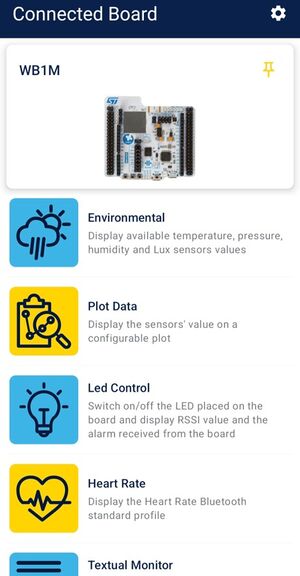 |
3.2.2. HeartRate Service
In the HeartRate interface, Heart Rate and energy measurement are launched and displayed in graphs, you can reset the energy measurement.
For more information, click here : STM32WB_HeartRate
| HeartRate |
|---|
3.2.3. Led Control
In the LED control panel, you can turn the LED on and off for your board. Additionally, you can receive a notification by clicking on the board's button.
You can find more information about our Peer to Peer examples here: Peer_To_Peer
| Led Control |
|---|
3.2.4. Environmental and Motion Sensors
Now let’s have a look at the sensors panel.
For the environmental part you can find temperature and the humidity measured by the STTS22H [1] sensor of your WB1M.
Click the button in the top right to switch between units, from degrees to Fahrenheit.
| Environmental Sensor |
|---|
Regarding the Plot Data tab:
| Motion Sensor (1/2) |
|---|
| Motion Sensor (2/2) |
|---|
4. What Next ?
Now that you've familiarized yourself with the B-WB1M-WPAN1 and its out-of-the-box demo, it's time to take your experience to the next level. In this section, we'll show you where to find available code, how to flash your own code onto the board, and how to develop your own applications.
Get ready to unleash the full potential of your B-WB1M-WPAN1!
4.1. How can I program my WB1M board ?
The basic way to support an external debug tool is to connect the external STLINK-V3SET[2] debugger tool:
- to the debug connector CN3 of the MB1868 and,
- to a PC with a USB connector, as displayed below.
| Connecting an external debug tool to program the CEB MB1868 |
|---|
4.2. Start your own application
The STM32CubeWB MCU Package[3] provides software components running on STM32WB Series MCUs.
For all examples provided within the package, the following integrated development environments are supported:
- STMicroelectronics integrated development environment for STM32 products (STM32CubeIDE)
- IAR Systems® IAR Embedded Workbench® for Arm® (EWARM)
- Keil® Microcontroller Development Kit (MDK-ARM)
The Firmware Package for the STM32WB series is also available on STM32CubeWB github[4].
To learn more about the STM32WB Series MCUs or to go further based on available applications, click here.
5. References
